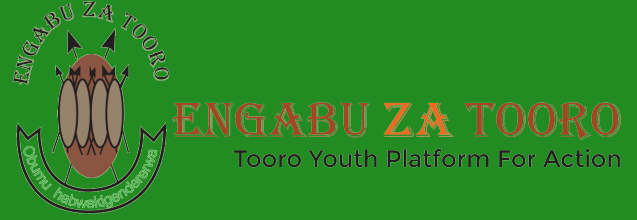The targeted problem and the general approach
We address the problem of unemployment, lack of capacity and the resultant poverty among the most vulnerable youth and women in remote areas and disadvantaged communities in Uganda and beyond. The approach has four points;
a) Reclaiming and developing cultural resources for income and source of livelihood of the bearers.
We reclaim and develop cultural resources which include traditional artisan skills predominantly among grassroots women, inborn talents among the youth who didn’t attain sufficient formal education and training and cultural heritage materials and expressions predominantly among the less advantaged people in indigenous and traditional conditions and lifestyles. These resources are transformed into viable enterprises to create jobs, incomes and sources of livelihood for the bearers. Poverty and vulnerability is often a result of people being deprived of equal opportunities and means for progress by entrenched systems of injustice but even in extreme deprivation people will always remain with those cultural resources resilient and resistant in them. Cultural resources are relegated and forgotten in mainstream production yet having great potential for economic transformation of the bearers if social innovation and capacity development investment are applied on them
b) Application of innovative capacity development models
The bearers of cultural resources, are often non literate, and excluded in the mainstream and formal capacity development models and investment. So, innovative capacity development models with their associated toolkits accommodate the special capacity needs of cultural bearers to adapt them to the mainstream production and establish viable enterprises and connect to the mainstream handmade and creative manufacturing sector to create jobs, incomes and sources of livelihood.
c) Adapting cultural heritage materials and expressions to modern education, entertainment, research and tourism sectors for creating source of income and livelihood for the bearers through research, documentation, production, publication, repackaging and presentation mechanisms.
d) Integrating conservation practices of bio-cultural diversity into the livelihood and lifestyles of the communities through research, documentation, community education, training and introduction of innovative conservation practices.
